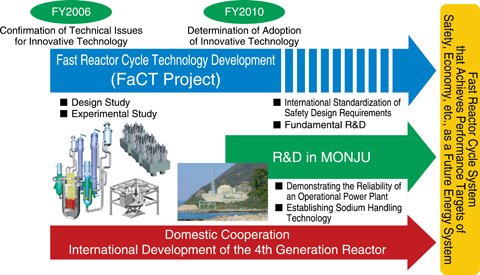
Fig.2-1 Overview of research and development efforts targeting commercialization of a fast reactor cycle
Various activities, such as the FaCT project and R&D in the “MONJU” reactor are being implemented to commercialize fast reactor cycle technology, as shown in Fig.2-1. Regarding the FaCT project, innovative technologies to be adopted in the fast reactor cycle have been determined, and the first phase of the project has been completed. With respect to the R&D in the “MONJU” reactor, the system start-up test was resumed and the core confirmation test was completed. Given that a review of the nuclear energy policy is underway by the government following the accident at the Tokyo Electric Power Company, Incorporated Fukushima Daiichi Nuclear Power Station, the second phase of the FaCT project, which was scheduled to start in FY2011, was postponed. Currently, international standardization of safety design requirements is underway in order to realize top-tier safety goals for 4th-generation reactor systems. The topics introduced in this chapter include subjects regarding further improvement of safety. The summary of the topics is as follows.
Electricité de France (EDF) reviewed innovative technologies designed to improve safety and reduce the use of materials for the Japan Sodium-cooled Fast Reactor (JSFR) from the perspective of an investor-operator of future French SFRs, and evaluated that these technologies are also attractive for future French commercial SFRs (Topic 2-1).
In the JSFR, the goal is to contain the consequences of a core disruptive accident inside the reactor vessel. It was confirmed that the introduction of a fuel assembly with an inner duct structure was an effective measure for achieving in-vessel retention based on fundamental experiments (Topic 2-2). In addition, bent pipes with a large diameter, which are adopted for a compact component layout, have coolant flowing through them at high speeds. The flow in the pipe elbow was evaluated using flow experiments in order to prevent pipe failure caused by flow induced vibration, and the results of this study are reflected in the piping design (Topic 2-3). Regarding the reduction in the creep strength of modified 9Cr-1Mo steel, which is utilized as the piping material, at elevated temperatures for long periods, a creep lifetime prediction expression was prepared through analysis of creep test data corresponding to the failure mechanism, and it was confirmed that the piping design of JSFR is assured (Topic 2-4). Even in the case of a station blackout caused by a tsunami, after shutting down the “MONJU” reactor, it was successfully shown that the natural circulation of the coolant, and thus the reactor core cooling, is possible as long as the flow path of the coolant is ensured (Topic 2-5).
With respect to the R&D of fuel fabrication techniques, the feasibility of a fuel fabrication process based on a simplified pelletizing method, which enables simplification of the fuel fabrication process, was experimentally confirmed after testing the tumbling granulation and die lubricating-type pelletizing methods as well as the ability to adjust the oxygen to metal ratio for sintering (Topic 2-6).